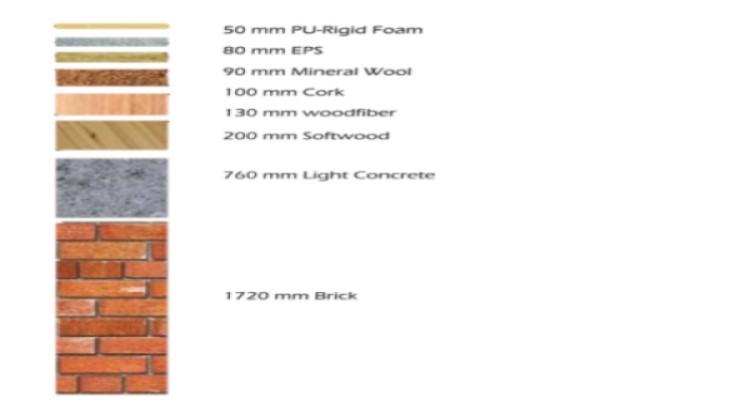Insulated panels provide solution to the numerous insulation problems occurring in light weight prefabrication. One of the common applications of the
insulated panels is the building of cold rooms and refrigerated vehicle bodies. For this application, insulated panels find wide use around the world
due to its characteristic to provide maximum thermal insulation. For specialized industry we are suppling high quality panels to the satisfaction of
large customer base. At ColdChain quality management certified company and adheres to stringent quality standards in manufacturing its products.
The company’s commitment to quality and its adherence to its core values of providing the highest level of quality, service and affordability to
its customers has been the driving force behind the company’s continuous growth.
Polyurethane foam is used to insulate the panels. As part of the company’s green initiative, we ensures that all foaming agents are environment friendly
and CFC free. Polyurethane is manufactured by reacting a liquid polyol component with Methylene Diphenyl di-Isocyanate (MDI), a liquid polymeric isocyanate
component, in the presence of a blowing agent and other additives. The mixed components then react exothermally to form a rigid thermosetting polymer and
since the blowing agent evaporates during this exothermic reaction, a rigid closed cell low density insulation product is created. Excellent insulation is
achieved because the gas trapped within the closed cell structure has a very low thermal conductivity and there is minimal heat conduction through the
solid cell walls due to the low density. The high strength to weight ratio of polyurethane makes it the ideal choice for insulated panels that are used for
refrigerated storage of goods. 42 kg per cubic meter (2.62 lb/ft3) is the most common density for polyurethane used for insulation applications.
The characteristics of the panel insulation are that it neither deteriorates over time nor does it absorb smell. The panels are neither toxic nor cause
allergies and do not support the growth of fungi or mildew. According to European Fire retardant standards, these products are classified as B2.
Comparative Insulation Values For Different Kinds Of Insulation Materials:
